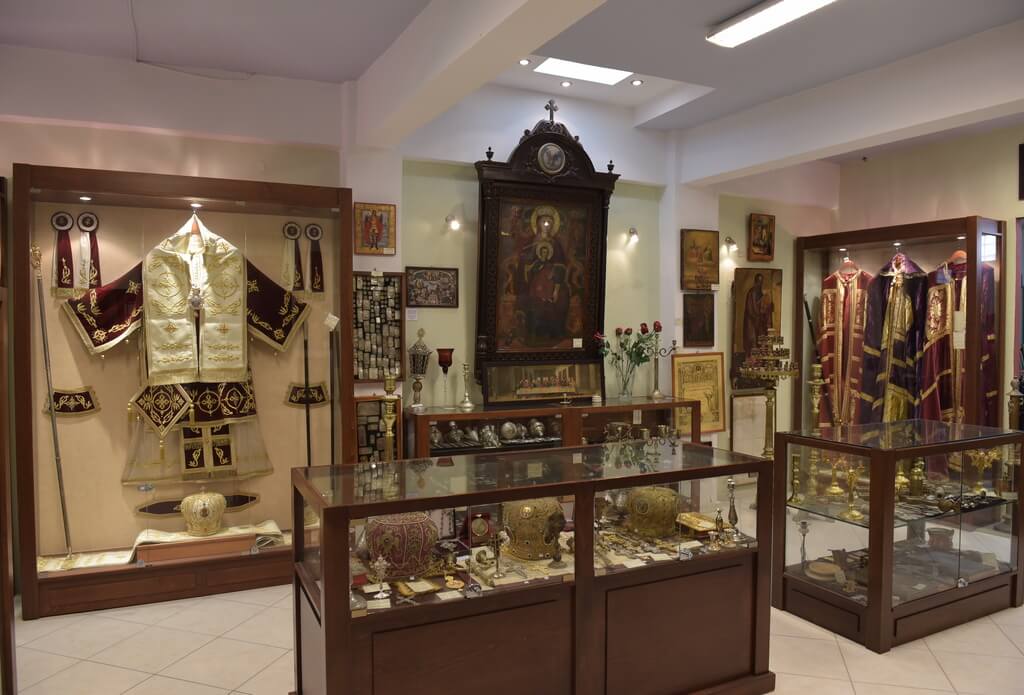Located in its own square in the town centre, the magnificent stone church of Agios Lazaros is one of the most remarkable examples of Byzantine architecture in Cyprus and lies over the tomb of the saint.
Built by Byzantine Emperor Leo VI in the 9th century, the church was restored in the 17th century. Although the three domes and original bell tower of the church were destroyed in the first years during Ottoman rule, the gold-covered iconostasis has survived today and is a superb example of baroque woodcarving.
Saint Lazarus came to Cyprus after being resurrected by Jesus. He was ordained as Bishop of Kition by the Apostles Barnabas and Paul and lived in the town for 30 years. His tomb can be seen under the sanctuary. The saint is so revered that a procession is held in his honour eight days before Easter. During the procession.
Tradition says that the place of Lazarus' tomb was lost during the period of Arab rule beginning in 649. In 890, a tomb was found in Larnaca bearing the inscription "Lazarus, four days dead, friend of Christ".
Emperor Leo VI of Byzantium had Lazarus' remains transferred to Constantinople in 898. The transfer was apostrophized by Arethas, Bishop of Caesarea, and is commemorated by the Orthodox Church each year on October 17. The transferred relics were later looted by the Fourth Crusade in the early 13th century and were brought to Marseille but subsequently lost.
In recompense to Larnaca for the translation, Emperor Leo had the Church of St. Lazarus erected over Lazarus' tomb in the late 9th to early 10th centuries.
Under Frankish and Venetian rule (the 13th to 16th centuries), the church became Roman Catholic. A stone covered portico (stoa) of Gothic style was added on its south side during this time.
The three imposing domes of this Orthodox Basilica Church and the original bell tower were destroyed, probably in the first years of Ottoman rule (1571 AD), when the church was turned into a mosque. In 1589, the Ottomans sold it back to the Orthodox, probably because of its Christian cemetery. For the next two hundred years it was used for both Orthodox and Catholic services. The porch bears traces of Greek, Latin, and French inscriptions. In 1857, after the Ottoman authorities again allowed Cypriot churches to have bell towers, the church's bell-tower was rebuilt in a Latinate style.
Next to the church is the Byzantine Museum, which exhibits important religious icons, artefacts and relics.




